Fence boards are those long, flat pieces of wood lining fences. They’re strong, easy to find, and a budget-friendly option for creating planter boxes if you have some old or leftover fence boards. You might be able to give them a new life by turning them into attractive plant containers.
Using fence boards for planter boxes is a smart and eco-friendly choice. Instead of letting those boards gather dust in your garage or a landfill. You can change them into useful and attractive planters for your garden or outdoor space.
We’ll explore a range of creative fence planter projects, give you tips on selecting the right designs, and provide simple instructions for crafting your planter box.
Let’s get started.
The Benefits of Using Fence Boards
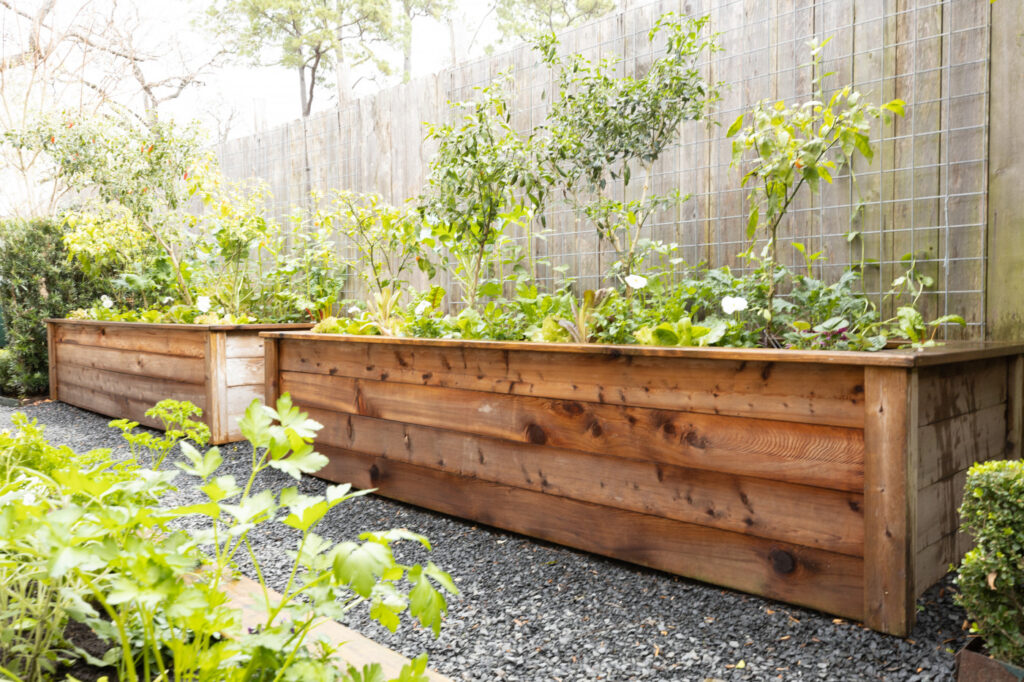
1. Cost-Effective Solution
Using fence boards for your planter boxes is a money-saving choice. Unlike pricier materials such as cedar or redwood, fence board prices are not high. If you’re trying to save money while enjoying gardening, using fence boards is the way to go.
These boards are a smart and cost-friendly solution without compromising quality. With fence boards, you can nurture your plants, tend to your garden, and see it grow with your budget. Gardening has never been this affordable and rewarding.
2. Eco-Friendly Option
Using old fence boards for your planters is a super eco-friendly choice. Instead of throwing them away, you give these materials another chance, which reduces waste and helps the environment when you’re gardening. This way of doing things fits perfectly with caring for the planet and using resources wisely.
By reusing these boards, you make nice planters and help the Earth. So, when you think about buying new things, consider the potential of those old fence boards. They’re not just wood; they’re a chance to do something good for the environment.
3. Simple Aesthetic
Old fence boards make your garden look attractive and classic. These aged boards have a simple look that adds character and beauty. If you enjoy a traditional or vintage vibe, using these weathered boards for your planter boxes can give your garden a special and really nice look.
The natural, aged wood gives your garden a lasting, beautiful appearance that’s hard to match. It’s a simple way to make your garden more interesting and attractive. So, if you want your garden to have a classic, plain touch, think about using old fence boards to build your planter boxes.
Considerations when Using Fence Boards
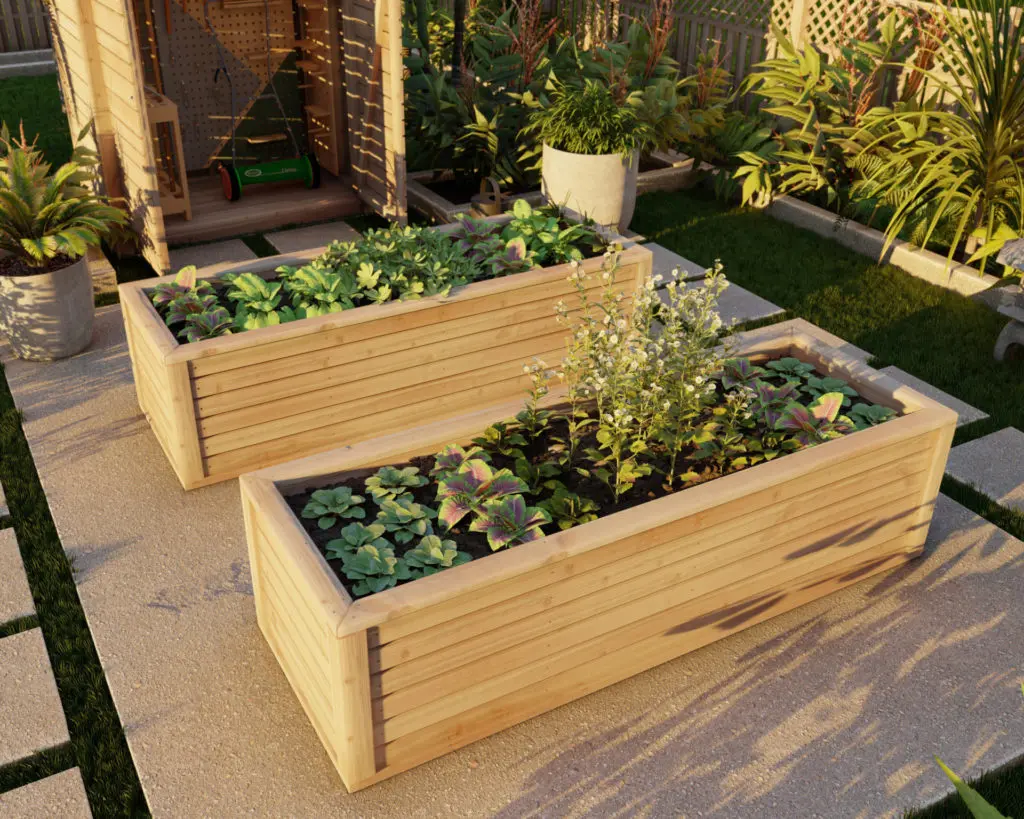
1. Wood Quality
Not all fence planks are the same, and their quality really matters. When making planter boxes from these planks, check them carefully for any signs of damage, like rot or bugs. Choose planks that are strong and don’t have any chemicals that could hurt your plants. Picking the right planks helps your plants grow well, making your gardening easier and more fun.
So, before you begin your project, make sure your fence planks are in good condition and don’t have anything that might hurt your plants. This simple step will lead to healthier, happier plants and a better gardening experience overall.
2. Durability
Most fence boards don’t handle getting wet or being in the ground for too long, which can happen in planter boxes. So, if you use fence boards for your planters, they might not last as long as ones made from tougher wood.
To help them live longer, try putting something on the fence boards to keep them safe from water and rot. This way, your planter boxes can stay strong and look good for a while. It’s all about caring for those fence boards so your plants can be happy and healthy.
3. Drainage
To help your plants grow well in planter boxes, you must ensure water can get out properly. Planter boxes don’t usually have holes for water to escape, which can hurt your plants’ roots. So, make some holes at the bottom of your boxes.
This way, extra water won’t stay stuck and harm your plants. Get your tools, create those holes, and see your plants grow strong without worrying about root problems. Good drainage will make your plant happy.
4. Maintenance
If you use fence boards to make planter boxes, they might need more looking after than if you use stronger wood. To make sure your planter boxes last a long time, do these simple things. First, check them often to see if anything’s wrong.
Second, think about putting a protective cover or paint on them to keep them safe from the weather. Lastly, be ready to fix them up when things break. These easy steps will help your planter boxes stay in good shape for a long time so you can enjoy your lovely plants without any problems.
Conclusion
You can absolutely use fence boards for a planter box. It’s a simple and budget-friendly way to create an attractive garden addition. Fence boards are strong and readily available at most hardware stores. Making them a convenient choice for DIY projects. Before you start, don’t forget to check if the fence boards are treated with any harmful chemicals.
If they are, it’s important to line the inside of the planter box with plastic to keep your plants safe. Using fence boards for planter boxes is a fantastic way to upcycle materials and add a simple touch to your garden.
If you’re growing flowers, herbs, or vegetables, your garden will benefit from this simple and eco-friendly solution.

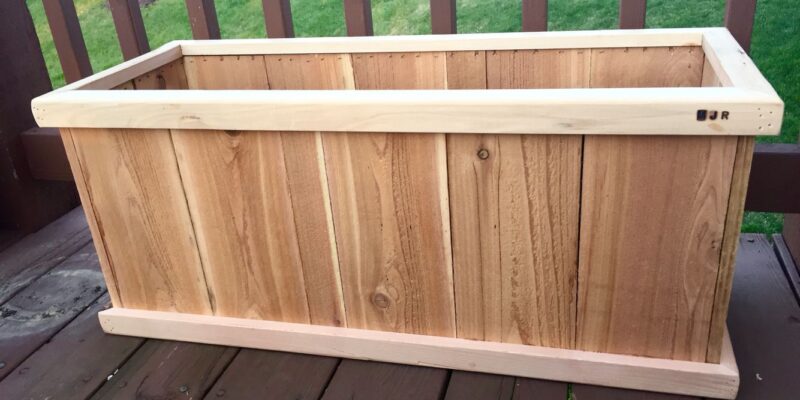

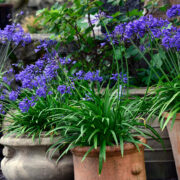
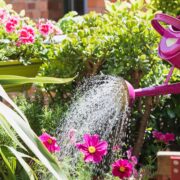

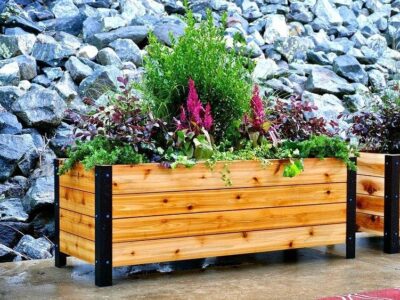
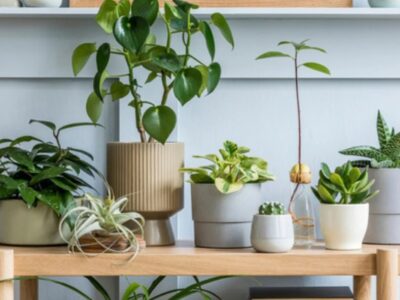
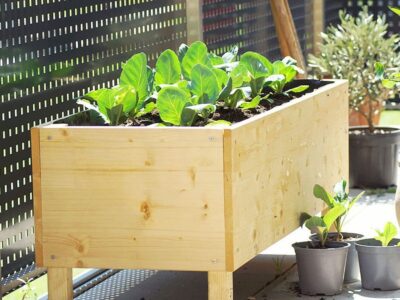
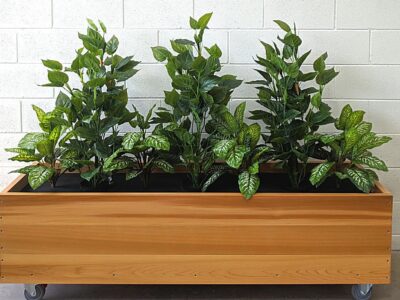
Comments